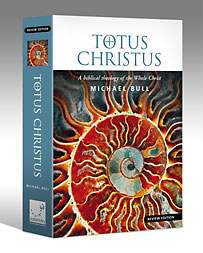Ezekiel and Jericho
“For the eyes of the Lord run to and fro throughout the whole earth, to give strong support to those whose heart is blameless toward him.” (2 Chronicles 16:9)
 Like Joshua’s spies, Ezekiel and the Lord had spied out Jericho. The “seeing” was now over. The Temple had been measured right down to the hidden things. Judgment always begins at God’s house, so the Lord called for the Levite executioners and ordered them to begin their slaughter at the Temple. Six men with weapons appeared from the north gate, the gate of sacrifice. With a seventh man in linen, the men would pass through the city as seven trumpets, announcing its destruction. They stood beside the bronze altar, ready to offer the people as an atonement for the innocent blood shed on the Land. With that allusion to Abel, we next have an allusion to Cain. Cain was shown mercy and given a mark on his forehead to prevent his execution for the murder of his brother. As Samuel anointed David with oil from a horn from the Tabernacle, those who cried for the abominations committed in the Land were marked for mercy from the man’s inkhorn. These were marked with a tav —a Hebrew t—a cross, the seal of the Spirit.
Like Joshua’s spies, Ezekiel and the Lord had spied out Jericho. The “seeing” was now over. The Temple had been measured right down to the hidden things. Judgment always begins at God’s house, so the Lord called for the Levite executioners and ordered them to begin their slaughter at the Temple. Six men with weapons appeared from the north gate, the gate of sacrifice. With a seventh man in linen, the men would pass through the city as seven trumpets, announcing its destruction. They stood beside the bronze altar, ready to offer the people as an atonement for the innocent blood shed on the Land. With that allusion to Abel, we next have an allusion to Cain. Cain was shown mercy and given a mark on his forehead to prevent his execution for the murder of his brother. As Samuel anointed David with oil from a horn from the Tabernacle, those who cried for the abominations committed in the Land were marked for mercy from the man’s inkhorn. These were marked with a tav —a Hebrew t—a cross, the seal of the Spirit.
The man with the inkhorn wore linen, which implies two things: he was the high priest, and it was the day of atonement. Ezekiel didn’t realise it at the time, but when he saw this man, he was looking at himself (Ezekiel 43:3).

























